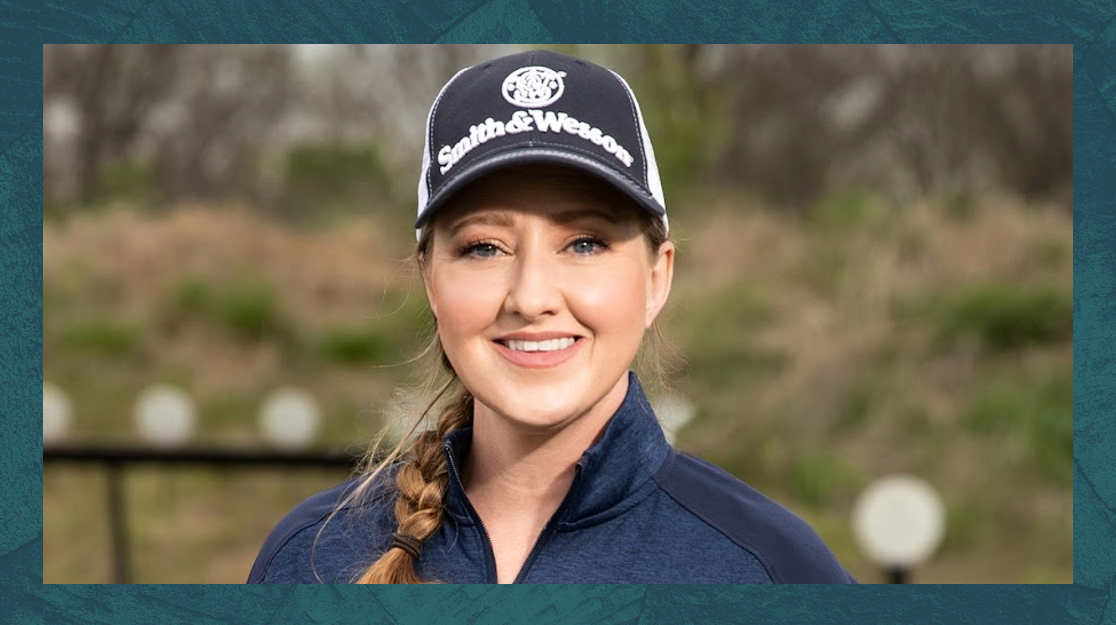By: Kristy Titus
Producer and Host of Pursue the Wild and the Wild & Uncut Podcast
Making ethical shots in every hunting situation, whether it’s varmints or big game, is a must. Every hunting scenario and shot opportunity is unique — often you have to make split-second decisions — so committing to ethical shooting can help you be in the right mindset in those moments. The last experience any hunter wants is to wound and then not locate an animal. It does happen sometimes, even to the best of hunters, but all of us can take steps to prevent that and stack the odds in our favor.
- Ethical Shots Start Before the Season Does. Taking the time to get to the range and practice in advance is the best thing you can do to make sure you deliver the goods when the moment of truth arrives and the game of your dreams is in range. Know where that arrow or bullet is going to hit at different distances and get a sense for the maximum distance you can shoot accurately and confidently. Also remember, there are no shooting benches out in the woods. Once your rifle is sighted in, practice shooting from the more realistic positions you’re likely to use in the field.
- Listen to Your Gut – and No One Else. Out in the field, when that opportunity presents itself, ask yourself if you have the ability to make an ethical shot. Do you have a clear view of the vitals? Do you know where the shot placement needs to be on an animal that’s quarter to — or quartering away? Are you even going to be able to retrieve the animal from where it is when you shoot? If there is any question in your mind, or you feel uneasy at any time about taking a shot, it is always better to get closer or simply wait for a better opportunity. Don’t ever let someone tell you or pressure you to make a shot you’re not comfortable with, or rush you through the process. You know when it feels right, and any other hunter or guide worth their salt will respect you for passing on a shot you’re not certain about, so listen to yourself.
- Look Beyond Your Target. Game animals are often found in groups, so be certain there’s not another animal — or another hunter — behind your target. This is as much about safety as it is ethical hunting.
- Lower is (Usually) Better. Thinking about your shot setup, the closer to the ground you can get the more stable you’re shooting position is going to be. If you can get into a prone position, absolutely do it, but be aware of any brush or rocks that might be in front of your muzzle bore but not visible in your scope. Trust me, if you fire off your shot and hit a rock, bush or branch that is directly in front of you, your hunt is pretty much over for that day. If you do need to get higher off the ground and over the tops of vegetation, consider carrying some shooting sticks, a bipod or any of the other tools out there that will give you a solid, stable rest. They can add weight to a pack, but that’s a much lighter burden than the memory of a botched shot.
- Breathe. Even in the heat of the moment, be sure to go through a mental checklist of all the fundamentals of marksmanship that you’ve practiced at the range. This mental checklist might seem long but as you become competent as a shooter — through practice — all of these things will become second nature. Your heart is most likely going to be beating wildly, and you might be breathless from hiking, so take one or two really deep calming breaths while settling in for the shot.
- Press, Don’t Pull, and “Follow Through” on the Trigger. Press or squeeze the trigger with straight rearward pressure. “Pulling” the trigger can actually cause you to move your point of impact just enough to miss the vitals and send a wounded animal running. Ideally, you’ll apply slow, rearward trigger pressure until the gun slightly surprises you when it fires. Don’t immediately look up, hold this trigger press and your head/eye position throughout the recoil process until your sight picture returns and, ideally, you can reacquire the target quickly.
Ultimately, we all owe it to the animals we hunt, and to ourselves, to make clean, ethical shots. We don’t want to see animals suffer needlessly, and we spend far too much of our precious money and vacation time on hunting to be left with tag soup because we made a bad shot. And finally, because an ethical hunter is also a responsible one, especially when it comes to gun safety, please be sure to store all firearms securely and safely when the hunt is over.
Kristy Titus is a prominent Second Amendment advocate, shooting sports enthusiast, a certified firearms instructor, Refuse To Be A Victim Instructor, Range Safety Officer, competitive long range shooter and an avid archer. She produces and hosts Pursue the Wild, as well as the “Wild & Uncut” Podcast, both presented by Ruger. In all areas of her life, Kristy advocates for adventure, wildlife and land stewardship, conservation through hunting, the Second Amendment, shooting sports and our time-honored hunting traditions. Follow her on Instagram, Facebook and YouTube.








